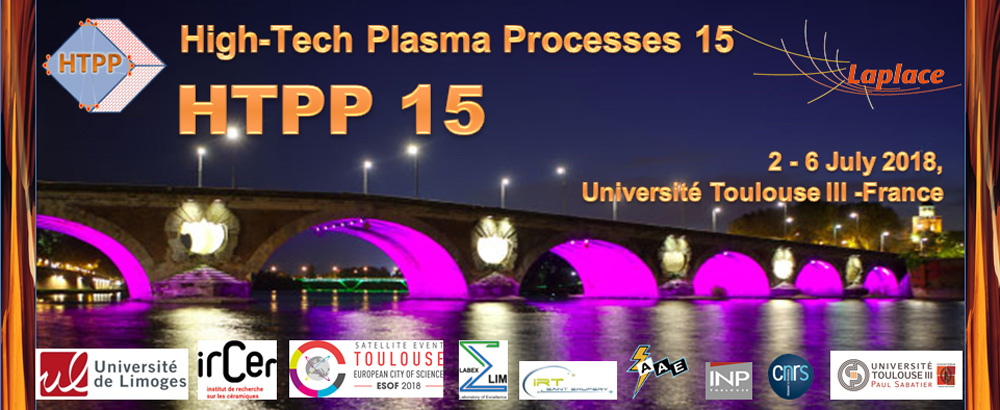Recently there has been an increasing interest in the nanostructured thin films. They have successfully been applied in various fields, such as electronics, photovoltaics, environmental protection and chemical industry. A nanostructured thin film, depending on its nanostructures constitution, shows different electrical and optical properties rather than its crystalline counterpart. To maximize the advantages of this technology it is possible to study and develop processes capable of producing nanostructured thin films of desired characteristics by acting on the clusters which, once deposited, allow the growth. In general, at the nanoscale, the exposed surface appears to be much greater than the thickness of the structures, making the film excellent for increasing efficiency of the surface processes as, for example, the chemical reactivity of the material. The zinc oxide is a semiconductor having a direct band gap of 3.37 eV, in the ultraviolet region.
In the present work an innovative method of deposition of zinc oxide nanostructured thin films is proposed. Changing the process parameters, different degrees of purity and uniformity of the films can be obtained, as well as different morphologies. The deposition system is a patent designed and developed at the Centro PlasmaPrometeo of the University of Milano-Bicocca. This method aims to combine the versatility of the deposition processes mediated by plasma with systems of controlled aggregation of clusters, separating into two distinct phases the process of the creation of zinc oxide and the growth of thin films on the substrate. The reactor is constituted by two vacuum chambers, in order to decouple the deposition procedure. In the first chamber a very reactive inductively coupled plasma of argon and oxygen is ignited through a radio frequency signal. Subsequently a metalorganic precursor in gaseous form is first injected and then dissociated in the plasma, to obtain zinc oxide nanoparticles. The second chamber, at a lower pressure, is connected to the first one through a nozzle, which extracts a supersonic jet of plasma seeded by the particles to be deposited. The jet then impacts on the desired substrate, allowing the deposition of the clusters formed and thus the growth of a nanostructured thin film. In this way, the reactions that take place in the plasma phase are decoupled from aggregation phenomena that occur during the supersonic expansion. The latter allows the deposition of clusters on the substrate and the oriented jet favors the growth of columnar structures.
The low collisionality of particles in the jet also allows the creation of nanostructures of very small size.
The plasma analysis was carried out by optical emission spectroscopy, through which it was possible to evaluate the chemical composition inside the plasma chamber, the generation of radical oxygen, the production of ions and electrons and the precursor flow. Thin films achieved in different configurations were characterized by profilometry analysis in order to evaluate the deposition rate and the films thickness, as well as their uniformity. ATR/FTIR spectroscopy was performed to identify their chemical composition and therefore their purity. Using Raman spectrometry it was possible to confirm the wurtzite structure of the deposited zinc oxide. The ATR/FTIR analysis was used to correlate the presence of groups –CH and -CO in the deposits with the experimental conditions. The AFM analysis showed grain size of the order of tens nanometers and a good surface uniformity.

 PDF version
PDF version
